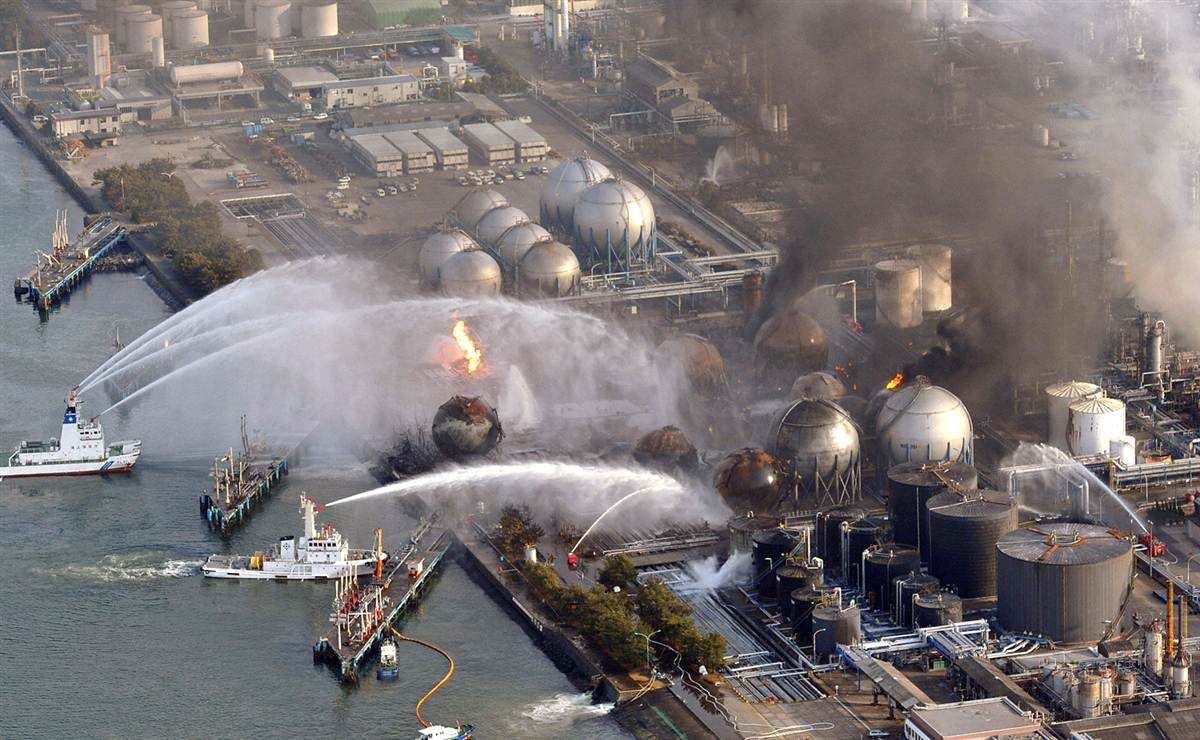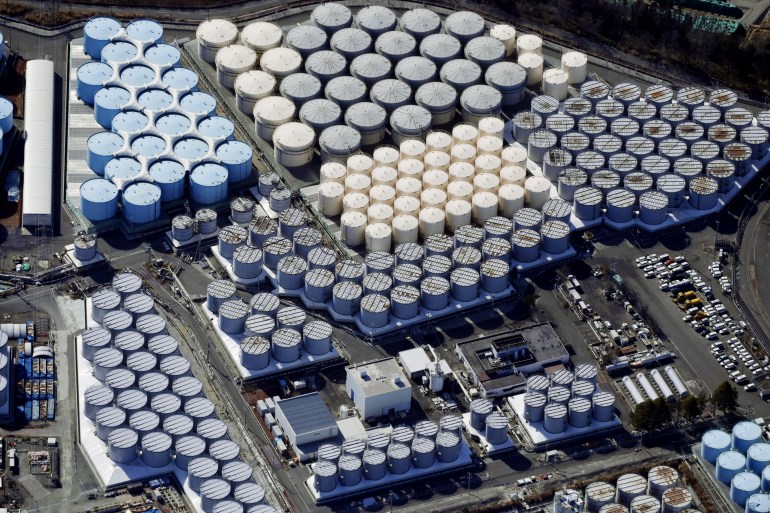Japan’s nuclear regulator approved plans by the operator of the destroyed Fukushima nuclear plant to release treated radioactive wastewater into the sea next year, saying the environmental hazards are negligible.
The plan was submitted in December by Tokyo Electric Power Company(TEPCO), based on the government’s decision to release the wastewater last year.
The cooling systems of the Fukushima nuclear power plant were destroyed by a massive earthquake and tsunami in 2011, resulting in the meltdown of three reactors and the release of enormous amounts of radiation.

Water used to cool the three damaged reactor cores, which are still highly radioactive, has leaked since then, but it has been kept in tanks. According to a report, these tanks currently hold over 1.3 million tons of radioactive water.
The community and neighbouring countries are nevertheless concerned about the potential health risks posed by releasing wastewater containing tritium. According to scientists, the long-term effects of tritium exposure on the ecosystem and humans are unpredictable. Tritium can have a greater impact on humans when taken in fish rather than water.

Toyoshi Fuketa, chairman of Japan’s nuclear authority, stated that the strategy is cautiously designed so that the radiation impact on the environment remains within the legal limit in any foreseeable dangers.
The approval came just as the Director of the International Atomic Energy Agency, Mariano Grossi, arrived in Japan for discussions with top authorities to discuss the idea, which has drawn global interest.

Japan has requested assistance from the International Atomic Energy Agency (IAEA) to guarantee that the water discharge fulfils international safety standards and reassure local fishing and other populations and neighbouring countries that have strongly opposed the idea.
An IAEA team visited the facility in February and March to meet with the Japanese government and TEPCO officials. In a report released in late April, the task committee indicated that Japan is making good progress on the project and taking proper steps toward the scheduled release.


